How Many Paths are there in a Series Circuit?
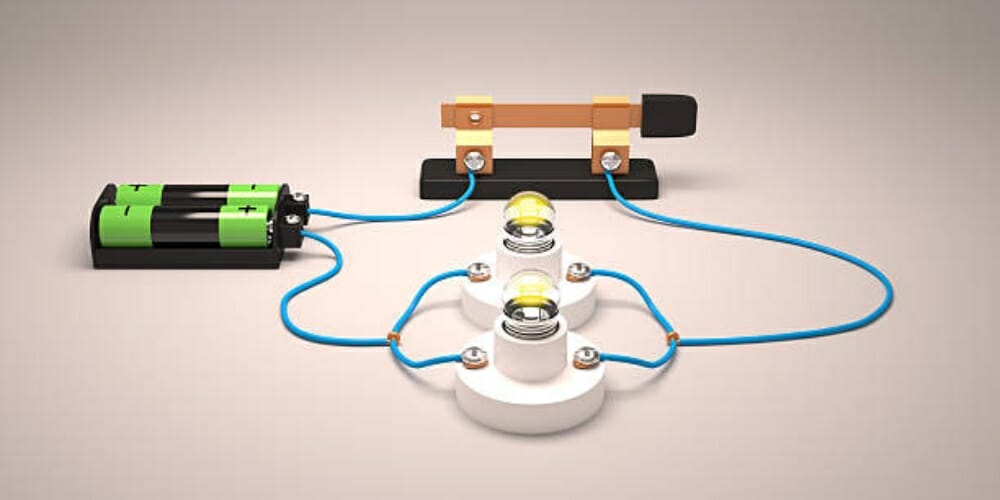
A series circuit is defined as having only a single path from one power supply terminal to another. At no point in this type of circuit does the electrical charge have a choice of which path to flow through. This is different from a parallel circuit in which there are branches for multiple paths (more than one) at some point.
So the answer to the question is simply that there is one path, i.e., a series circuit has just one path.
I explain more below to show that a series circuit has only one path for the current, and also the consequences of this, situations in which it can be useful, and I’ve mentioned some components, devices, and appliances that rely on their being a series circuit, i.e., one current-path arrangement.
Paths in Circuits
There are two basic types of circuits: series and parallel.
One way of distinguishing between the two is by the number of paths in the circuit. If there is only one path for the current to flow, then it is a series circuit, and if there are multiple paths, then it is a parallel circuit. Each of these paths is called a branch. This difference is illustrated below.
It should be clear that the number of paths in a series circuit is one.
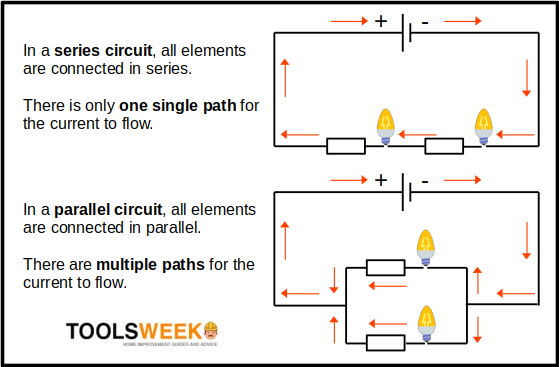
Consequences of Having a Single Path
One consequence of having only a single path for current to flow is that the current will be the same throughout the circuit.
The current is constant because there is only one path for it. An advantage of this is that the current will not increase and thus create more heat than normal. A single-path circuit, i.e., a series circuit, is a very simple type. This means it will also cost less to set up and maintain.
But there are also two major disadvantages. One is that if any component fails or there is a break anywhere in the circuit, the entire circuit will fail to operate. This problem is avoided in a parallel circuit, but the current will not be the same and can increase, and the wiring is more complex. The second disadvantage is that adding more components or loads to the same circuit will cause each to have less voltage and, thus, less power.
So, in certain situations in which a single path may be unsuitable. For instance:
- A series circuit is unsuitable if the lower voltage across each component causes it to not work fully, such as when existing light bulbs dim after more are connected to the same circuit.
- A series circuit will fail to work if any one of its components fails.
Uses of Single-Path Circuits
Despite the disadvantages mentioned above, a single-path or series circuit has many beneficial uses.
Since there is only one path for the current to flow, this type of circuit is particularly useful in the following situations:
- Having a single switch to control the whole circuit,
- Having a fuse or circuit breaker to protect the whole circuit, and
- High-powered dedicated circuits, in which there is a high amount of current.
A series currently can control the entire circuit using a single switch, using a fuse or circuit breaker on that circuit, and ensuring a constant current is maintained. Components that need to control the entire circuit, such as the main switch, fuse, and circuit breaker, are, therefore, always set in series.
This makes it easy to switch or cut off power to the entire circuit, such as in the event of a fault or when the current is excessive.
Appliances That Use Series Circuits
Due to the benefits of a series circuit arrangement, which only allows a single path for current to flow, some components, devices, and appliances are connected this way.
I already mentioned switches, fuses, and circuit breakers, which are always connected in series. This is because they require the current to flow through only one possible path to maintain control.
In addition, some appliances also rely on when there is only one path for their elements.
A few common examples are:
- Lamps, in which the switch only needs to control a single light bulb.
- Refrigerators and freezers, in which the thermostat (temperature-control switch) controls the compressor according to the temperature.
- Water heaters, in which the thermostat controls the heating element according to the set temperature.
- Well, water pumps, in which the pressure switch controls the water pump motor according to the water pressure.
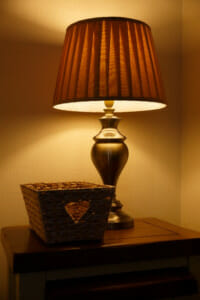
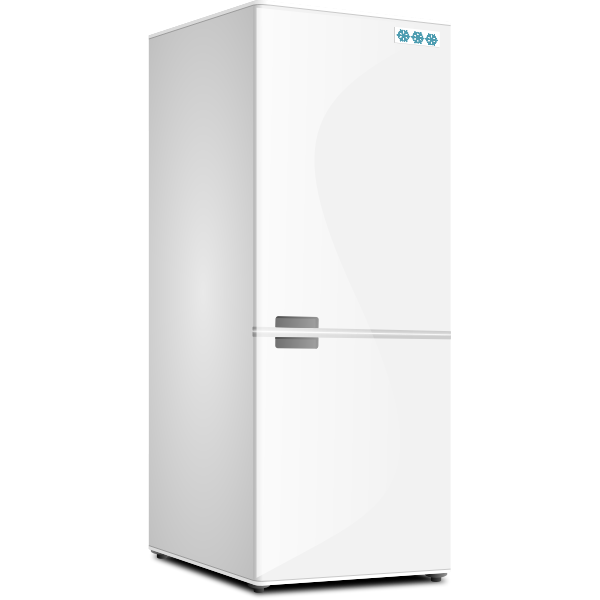

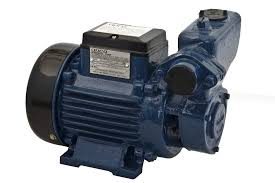
You will usually see a series circuit for important components such as switches, controllers, and protectors and for dedicated circuits that only need to handle one main task.
Here are some common types of circuits and the number of paths they typically have:
- Series Circuit: A series circuit is a circuit in which the components are connected in a linear configuration, with the current flowing through each component in sequence. A series circuit has only one path for the current to follow.
- Parallel Circuit: A parallel circuit is a circuit in which the components are connected in a branching configuration, with multiple paths for the current to follow. A parallel circuit has multiple paths for the current to follow.
- Series-parallel Circuit: A series-parallel circuit is a type of circuit that combines elements of both series and parallel circuits. In a series-parallel circuit, some components are connected in a linear configuration (like a series circuit), while others are connected in a branching configuration (like a parallel circuit). A series-parallel circuit can have one path and multiple paths for the current to follow.
- Complex Circuit: A complex circuit is a circuit with a more complex configuration, with both series and parallel connections. A complex circuit can have one path and multiple paths for the current to follow.
Take a look at some of our related articles below.
